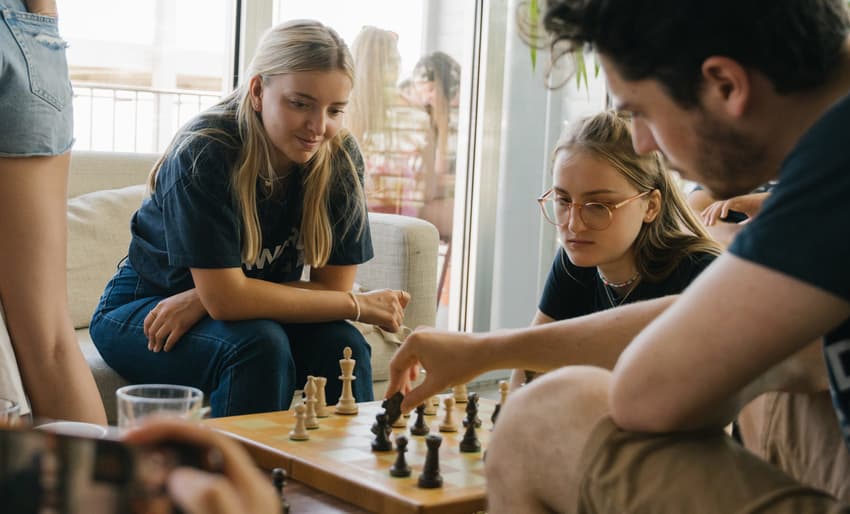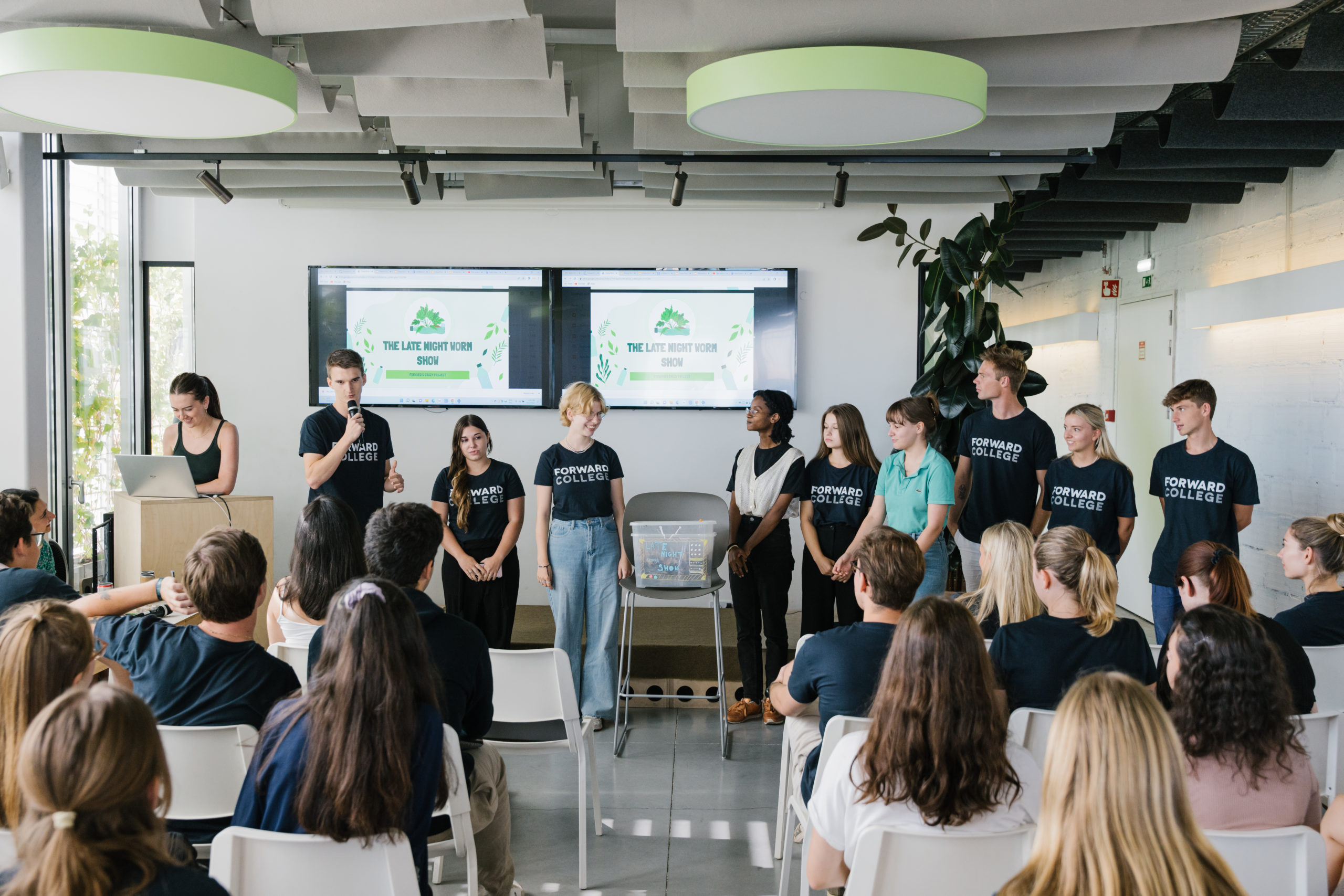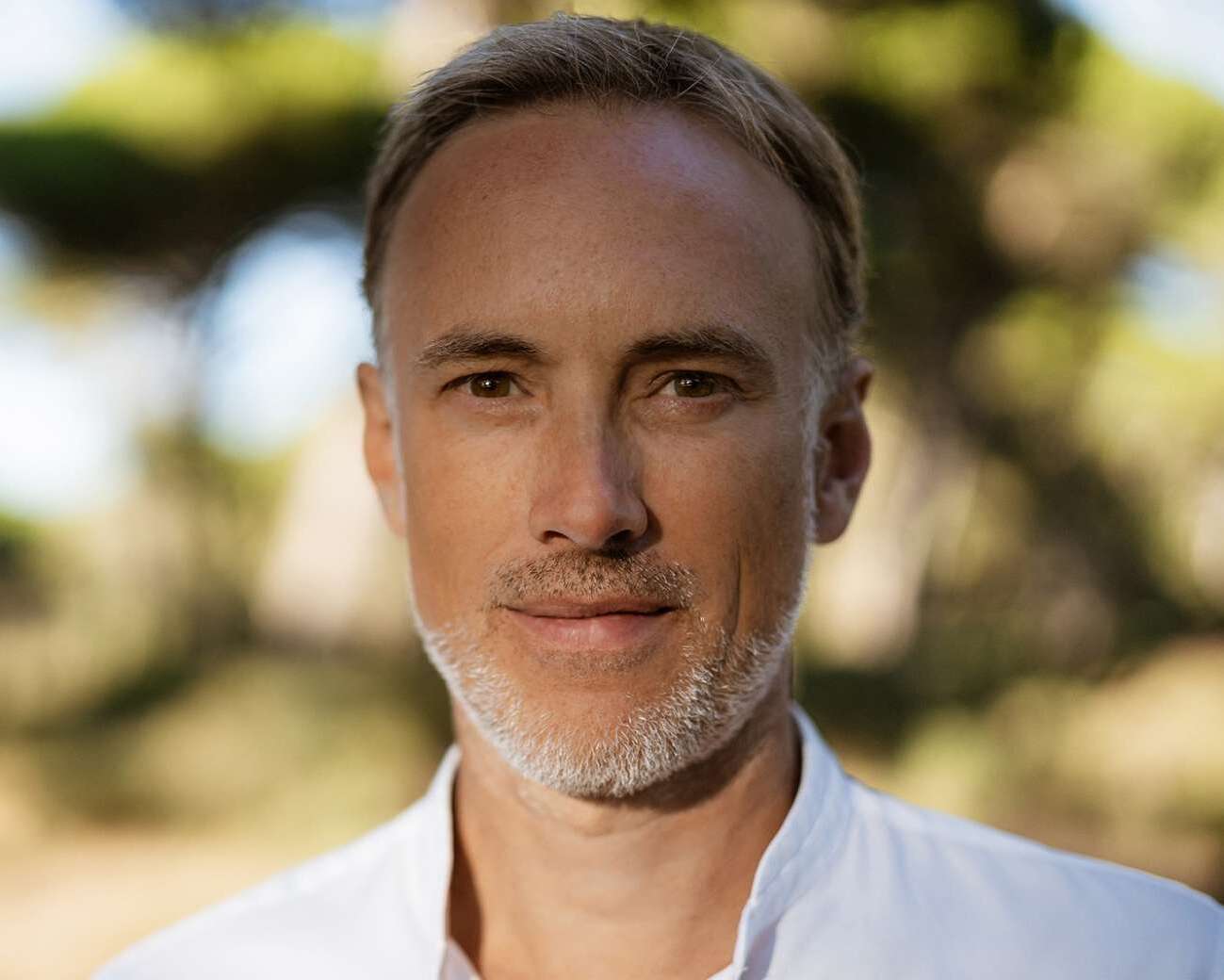The future of work: How can we prepare our children for the world of 2032?
The rapid pace of technology is changing almost every aspect of our lives – especially the way we work. Few of us a decade ago could have predicted the apps and networks that dominate our lives in 2022. So what will life look like in 10 years' time?

Moore's Law, coined by computer scientist Gordon Moore, theorises that computational power doubles every two years. This means that the devices and networks we will use in a decade will be far more powerful than today, creating new industries and jobs.
Meanwhile, the last decade has seen a major shift in global politics – and almost every commentator on international affairs agrees that these changes will continue. The 'way things are' in 2032 will be significantly removed from where we are now.
Together with future-focused higher education institution Forward College, we consider the challenges the emerging generation of workers will face – and introduce the school designed to prepare them.
The next generation will work from anywhere
It's a safe bet to suggest that the shift to 'hybrid' working – working from home some or all of the time – that was forced by the coronavirus pandemic, won't be reversed any time soon.
Recent research into working from home, conducted for the Brookings Institution, found that up to a quarter of US workers would quit their jobs if asked to return to the office five days a week. In fact, a majority would take a pay cut to work more hours from home.
Further research by Owl Labs discovered that the working from home shift led to greatly increased morale and productivity. An overwhelming majority of those surveyed reported they noticed a drop in stress levels, and that they felt more motivated.
With many professional jobs shifting to working from home, the kind of office campuses we are used to simply won't hold the same importance for this emerging generation. The efficient use of time will be a far greater priority, and it is those young people who can operate across both spaces who will thrive.
2032's professionals will overwhelmingly operate in a digital world
The next generation of professionals will be immersed in a world where almost every transaction – social, financial or administrative – is conducted online in some capacity.
From retail to healthcare, the expansion of technology, coupled with selected regional markets exploding in growth means that many future workers will be busy keeping this digital world in motion.
LinkedIn predicts that over 150 million jobs in the technology sector will be created in the next five years, and many of these will involve the daily use of platforms, or social media channels, that do not yet exist.
To succeed in this expanding space, the children of today will need to have an understanding of the 'digital ecosphere', and how individuals navigate it daily.
This is no easy task. To predict consumer demand and behaviour requires more than technical knowledge – it requires a complex set of interpersonal skills and abilities.
Tomorrow's professionals will need to have 'soft skills'
‘Soft skills’ will be an important tool for those climbing the 2032 career ladder. These are qualities such as empathy, the ability to take constructive criticism, resilience, and mediation skills.
Zety's 2022 survey of HR heads and recruiters found that 61 percent of those surveyed considered 'soft skills' more valuable than technical skills, and over half considered teamwork and communication skills to be the most vital out of the mix.
This indicates to us that professionals who will succeed in some of 2032's most exciting and integral roles will be those who have developed their 'soft skills' over the previous decade.
 Class of 2024: Forward College students are being prepared for a hybrid, mobile and digital future. Photo: Forward College
Class of 2024: Forward College students are being prepared for a hybrid, mobile and digital future. Photo: Forward CollegeThe school preparing tomorrow's business leaders
If you are a parent, you may be asking yourself how you can prepare your children for this future of work – how to develop their 'soft skills' before starting their career.
Unfortunately, most global education systems are predicated on a simple loop – teach, test, repeat. Merely evaluating subject knowledge makes the job of teachers easier, but it lets students down in terms of skill development.
This model of teaching ignores the reality that 'soft skills' are only developed by doing, engaging in meaningful practical activities that demand cooperation and critical thinking.
As Forward College founder and philanthropist Boris Walbaum writes: "The key to equipping students with the right skills is empowerment and experience."
By ‘empowerment', he means disabusing students of the notion that these skills are character traits or natural talents that they either have or don’t have and showing them that they can be developed.
"A more radical and immersive approach is required – and one that encompasses social and emotional skills, as well as the practical and digital ones we hear so much about.
"Universities must do nothing less than overhaul their entire approach to teaching – to provide new ways of learning."
Leading the way
Founded in 2021, Forward College offers high school graduates prestigious degrees from King's College London and the London School of Economics, which are accredited by the University of London. Students can choose from one of six programs - economics, economics and politics, psychology, business and management, data science, or politics and international relations.
Distinguishing it from other further education qualifications, these Bachelor's programs incorporate an innovative combination of project-based learning and personal and professional development programs. Students learn by completing real-life projects, and continuously tracking their personal growth and skill development.
Additionally, to widen their horizons, students spend each year of the three-year program living in a different top European capital – Lisbon, Paris and Berlin. There they are exposed to new cultures and ways of thinking about the world.
During their three-year Bachelor's degree, students can also complete other certificates in parallel. These include Digital Entrepreneurship and Sustainability and Social Entrepreneurship, which impart skills that place them far beyond their peers outside the Forward College program.
As the founder, Walbaum has a storied career as an education advisor to the French government, and would go on to found a number of NGOs widening access to higher education in France, such as Article 1 and Dual Conseil.
The school’s leadership team also has a pedigree that includes leadership roles at Google and Apple. Their understanding of what future employers are seeking in employees, and the lay of the work landscape in general, is substantial.
 French entrepreneur and philanthropist, Boris Walbaum, is the innovative mind behind the founding of Forward College. Photo: Forward College
French entrepreneur and philanthropist, Boris Walbaum, is the innovative mind behind the founding of Forward College. Photo: Forward CollegeIn Walbaum's words, Forward College is a “groundbreaking higher education institution that aims to realign learning with the requirements of tomorrow's top jobs, students' aspirations and our need for change.
"With Forward College, I want to participate in reinventing a higher education that nurtures the positive leadership we urgently need."
We can never exactly know what the future has in store, and there are undoubtedly unknown factors that will influence future workplaces. However, it is reassuring to know that there are people and institutions helping young people prepare for what is to come.
This content was paid for by an advertiser and produced by The Local's Creative Studio.

Join the conversation in our comments section below. Share your own views and experience and if you have a question or suggestion for our journalists then email us at [email protected].
Please keep comments civil, constructive and on topic – and make sure to read our terms of use before getting involved.
Please log in here to leave a comment.